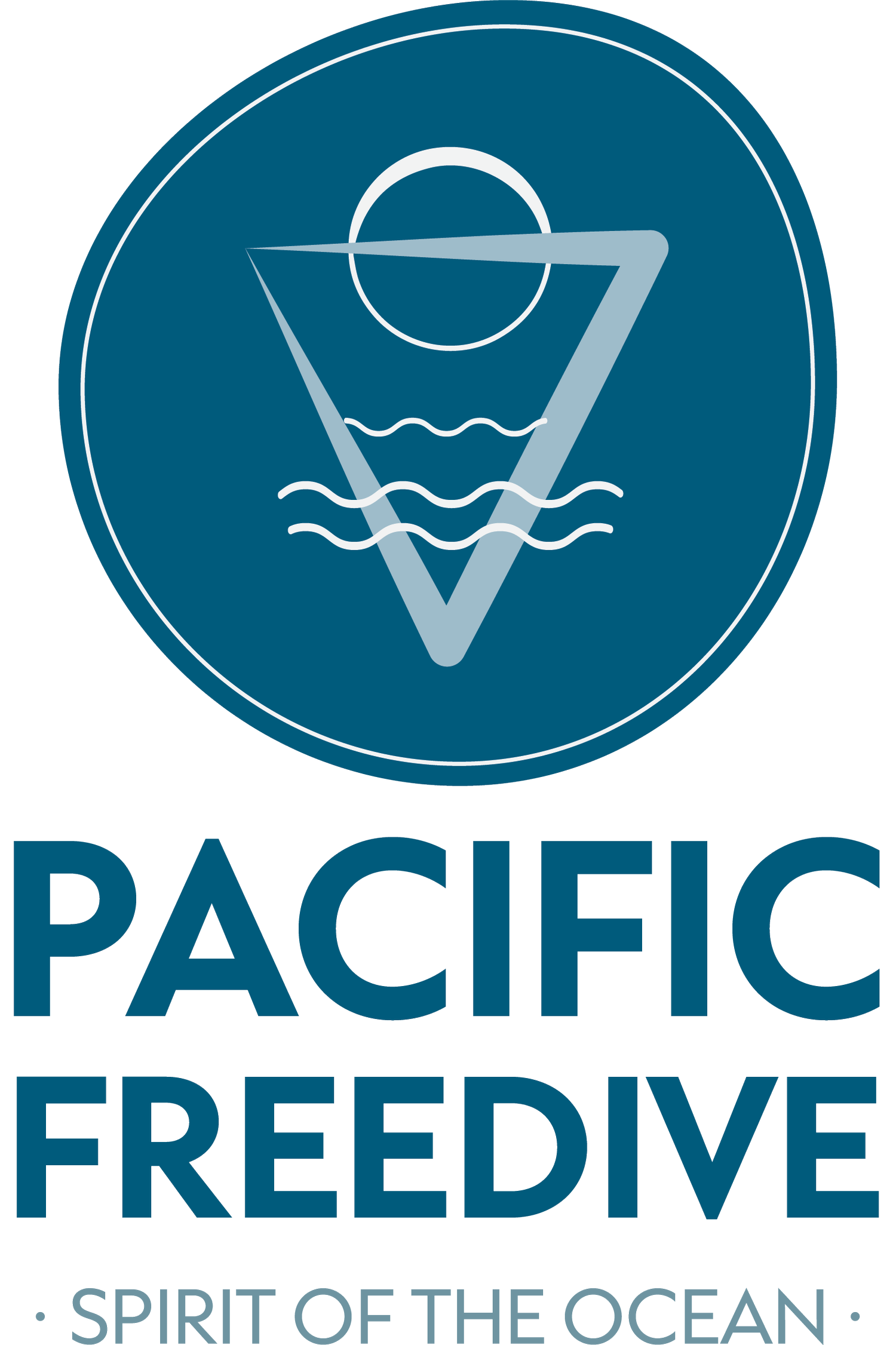Frenzel Versus Valsalva: Understanding Equalization in Freediving
Navigating deeper waters in freediving poses equalization challenges, particularly for novices. While scuba enthusiasts and snorkelers might equalize effortlessly during their dives, freediving presents a unique scenario. The primary distinction lies in the application of the Frenzel method for freedivers, in contrast to the Valsalva method adopted by many scuba divers and snorkelers. But what truly sets the Frenzel apart from Valsalva?
The Valsalva technique, characterized by blowing against a closed nose, is simple to grasp but falls short for freediving due to its reliance on breathing muscles and its limitations in deeper waters. Conversely, the Frenzel method, which employs a set of smaller, non-respiratory muscles, promises a more relaxed and controlled dive that allows for more profound depths.
Deciphering the Equalization Anatomy
The anatomy of EQ. - Images from study materials at Molchanovs
Nasopharynx - The region linking your nasal passage to the upper portion of your throat, situated above the malleable roof of your mouth.
Soft Palate - It orchestrates airflow direction, determining whether it goes through your mouth, nose, or both.
Vocal Folds / Glottis - This muscle cluster segregates your oral cavity from your lungs. It remains shut when you hold your breath.
Larynx - Positioned over the trachea and anterior to the esophagus, it steers airflow.
Epiglottis - A cartilaginous flap near the larynx’s top, close to the tongue's base, ensuring food doesn’t intrude into your larynx.
Ear’s Role in Equalization
Eustachian Tube - It bridges your middle ear to your throat's upper section and the rear of your nasal passage.
Middle Ear - Found between your eardrum and the oval window, pressure increases here with depth, leading to potential discomfort if not equalized.
Images from study materials at Molchanovs
Valsalva: An Introduction
The Valsalva method’s ease of use appeals to many. Simply close your mouth, clamp your nostrils, and exhale against them, allowing the air to flow to your middle ear, realigning your eardrums.
Why Valsalva isn’t Ideal for Freediving
Despite its simplicity, the Valsalva method isn’t freediving-friendly. Relying on your breathing muscles to propel air is feasible for scuba divers, considering their tank support and horizontal posture. But for freedivers, lung compression at significant depths, coupled with a vertical dive, renders this technique ineffective. Over-reliance on Valsalva at deeper levels also raises injury risks. Moreover, it contradicts the crucial freediving principle of relaxation, consuming more energy and oxygen than Frenzel.
Images from study materials at Molchanovs
Frenzel: A Closer Look
Frenzel might appear challenging due to its emphasis on muscle coordination and awareness. The process involves sealing your nostrils and positioning your tongue to make a specific sound, all while keeping the vocal folds closed. As you do this, the larynx elevates, directing air from the mouth to the nose. Ideally, there shouldn’t be any abdominal movement during this technique. Its application underwater, especially when diving head-first, adds to the complexity.
Why Freedivers Prefer Frenzel
Frenzel stands out for freediving due to its reliance on smaller muscle groups, absence of breathing muscles, and its relaxed nature. With the right technique, one can achieve depths of up to 40 meters or even more. Some individuals might instinctively use Frenzel or learn it quickly, but many need to invest time to master it.
Images from study materials at Molchanovs
Enhancing Your Frenzel Equalization
Perfecting Frenzel equalization can be daunting. For those keen on mastering the Frenzel equalization method, renowned freediver Adam Stern has designed a comprehensive tutorial, which has aided countless individuals in understanding and implementing this technique.
Adam Stern’s Frenzel Equalisation Video
Remember, freediving, while exhilarating, demands dedication, training, and perseverance. It's a learned skill, not innate. With diligence and passion, you can surmount any challenge and emerge as a proficient and safety-conscious freediver. We're here to guide you every step of the way!





